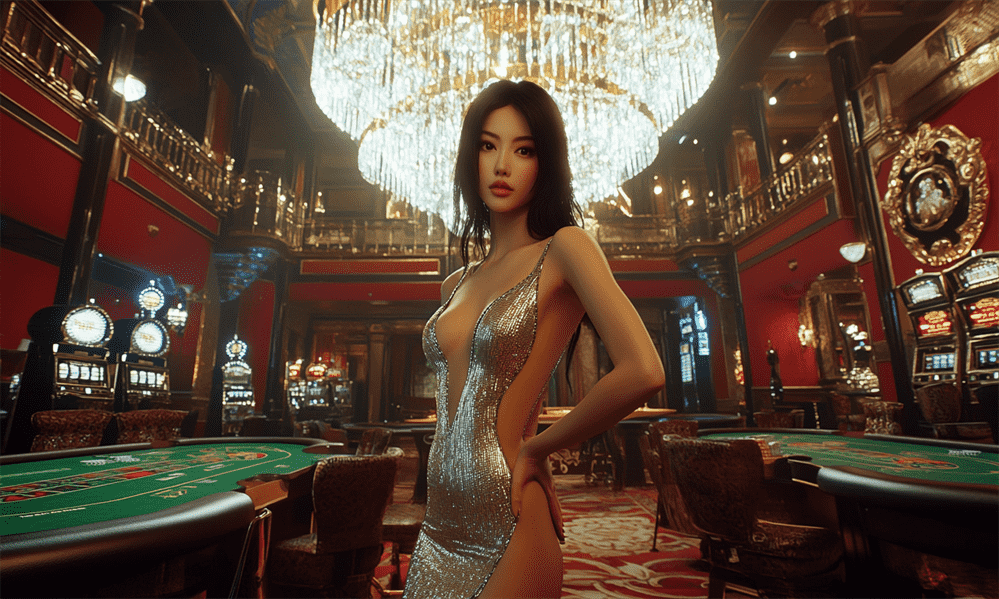tin the thành phố Tân An
Trò chơi di động: Trải nghiệm giải trí đỉnh cao trên điện thoại di động
Với sự tiến bộ không ngừng của công nghệ và sự phổ biến của điện thoại thông minh, trò chơi di động đã trở thành một phần không thể thiếu trong cuộc sống của con người hiện đại. Trong số rất nhiều game di động, game di động chắc chắn là một ngôi sao sáng. Là một nền tảng game di động cao cấp, game di động mang đến cho người chơi trải nghiệm giải trí đỉnh cao, giúp bạn tạm biệt khoảng thời gian nhàm chán.
tin theBianca Castafiore

Bianca Castafiore ( ), nicknamed the “Milanese ” (French: le Rossignol milanais), is a fictional character in The Adventures of Tintin, the comics series by Belgian cartoonist Hergé. She is an opera singer who frequently pops up in adventure after adventure. While famous and revered the world over, most of the main characters find her voice shrill and appallingly loud, most notably Captain Haddock, who ironically is the object of Castafiore’s affections. She also has a habit of mispronouncing everyone’s names (such as “Hammock”, “Paddock”, and “Fatstock” for Haddock), with the exception of Tintin and her personal assistants. Castafiore is comically portrayed as narcissistic, whimsical, absent-minded, and talkative, but often shows a more generous and essentially amiable side, in addition to an iron will.Her given name means “white” (feminine) in Italian, and her surname is Italian for “chaste flower”. She first appeared in 1939, but from the 1950s, Hergé partially remodelled her after the Greek soprano Maria Callas.The comical Italian opera diva first appears in King Ottokar’s Sceptre, tin the and is also in The Seven Crystal Balls, The Calculus Affair, The Castafiore Emerald, The Red Sea Sharks, Tintin and the Picaros, and would have appeared in the unfinished Tintin and Alph-Art. She is played on radio in Land of Black Gold and in Tintin in Tibet, Captain Haddock imagines her singing in Flight 714 to Sydney, and mentions her famous aria in Destination Moon. Although she is apparently one of the leading opera singers of her generation, the only thing that Castafiore is ever heard to sing are a few lines of her signature aria, “The Jewel Song” (l’air des bijoux, from Gounod’s Faust), always at ear-splitting volume (and violent force—certainly enough to part the Captain’s hair, shatter glasses and a breeze enough to blow back a curtain in an —”She’s in fine voice tonight.”).When on tour, she usually travels with her piano accompanist, , and her maid, .At odds with her reputation as a leading opera singer, in The Seven Crystal Balls, she appears third on the bill of a variety show (although at an opera house), following a genuine act……
tin theTintin (character)

Tintin (; ) is the titular protagonist of The Adventures of Tintin, the comic series by Belgian cartoonist Hergé. The character was created in 1929 and introduced in Le Petit Vingtième, a weekly youth supplement to the Belgian newspaper Le Vingtième Siècle. Appearing as a young man with a round face and quiff hairstyle, Tintin is depicted as a precocious, multitalented reporter who travels the world with his dog Snowy.Since his inception in the early 20th century, Tintin has remained a popular literary figure with statues and commemorative murals of the character seen throughout Belgium. In addition to the original comic series, Tintin has appeared in numerous plays, radio shows, television shows, and feature films, including the Steven Spielberg-directed film The Adventures of Tintin (2011).Hergé biographer Pierre Assouline noted that “Tintin had a prehistory”, being influenced by a variety of sources that Hergé had encountered throughout his life. Hergé noted that during his early schooling in the midst of World War I, when Belgium was under German occupation, he had drawn pictures in the margins of his school workbooks of an unnamed young man battling the (a slang term for Germans). He later commented that these drawings depicted a brave and adventurous character using his intelligence and ingenuity against opponents. None of these early drawings survive.Hergé was also influenced by the physical appearance and mannerisms of his younger brother Paul, who had a round face and a quiff hairstyle. In search of adventure, Paul later joined the Belgian Army, receiving jeers from fellow officers when the source of Hergé’s visual inspiration became obvious. Hergé later stated that in his youth, “I watched him a lot; he entertained me and fascinated me… It makes sense that Tintin took on his character, gestures, poses. He had a way of moving and a physical presence that must have inspired me without my knowing it. His gestures stayed in my mind. I copied them clumsily, without meaning to or even knowing I was doing it; it was him I was drawing.”A few years after young Hergé joined Scouting, he became the unofficial artist for his Scout troop and drew a Boy Scout cha……
tin theRin Tin Tin

Rin Tin Tin or Rin-Tin-Tin (September 10, 1918 – August 10, 1932) was a male German Shepherd born in Flirey, France, who became an international star in motion pictures. He was rescued from a World War I battlefield by an American soldier, Lee Duncan, who nicknamed him “Rinty“. Duncan trained Rin Tin Tin and obtained silent film work for the dog. Rin Tin Tin was an immediate box-office success and went on to appear in 27 Hollywood films, gaining worldwide fame. Along with the earlier canine film star Strongheart, Rin Tin Tin was responsible for greatly increasing the popularity of German Shepherd dogs as family pets. The immense profitability of his films contributed to the success of Warner Bros. studios and helped advance the career of Darryl F. Zanuck from screenwriter to producer and studio executive. tin theAfter the dog’s only appearance in color (the 1929 musical revue The Show of Shows, in which he barks an introduction to a musical pageant), Warner Bros. dispensed with Rin Tin Tin’s and Lee Duncan’s services. The studio was intent on promoting its “all-talking” stars, and silent-film personality Rin Tin Tin obviously couldn’t speak. Undaunted, Duncan sought further film work and signed with independent producer Nat Levine, who starred Rin Tin Tin in serials and feature films.After Rin Tin Tin died in 1932, the name was given to several related German Shepherd dogs featuredtin the in fictional stories on film, radio, and television. Rin Tin Tin Jr. appeared in some serialized films, but was not as talented as his father. Rin Tin Tin III, said to be Rin Tin Tin’s grandson, but probably only distantly related, helped promote the military use of dogs during World War II. Rin Tin Tin III also appeared in a film with child actor Robert Blake in 1947.Duncan groomed Rin Tin Tin IV for the 1950s television series , produced by Bert Leonard. However, the dog performed poorly in a screen test and was replaced in the TV show by trainer Frank Barnes’s dogs, primarily one named Flame Jr., called JR, with the public led to believe otherwise. Instead of shooting episodes, Rin Tin Tin IV stayed at home in Riverside, California. The TV sh……






























